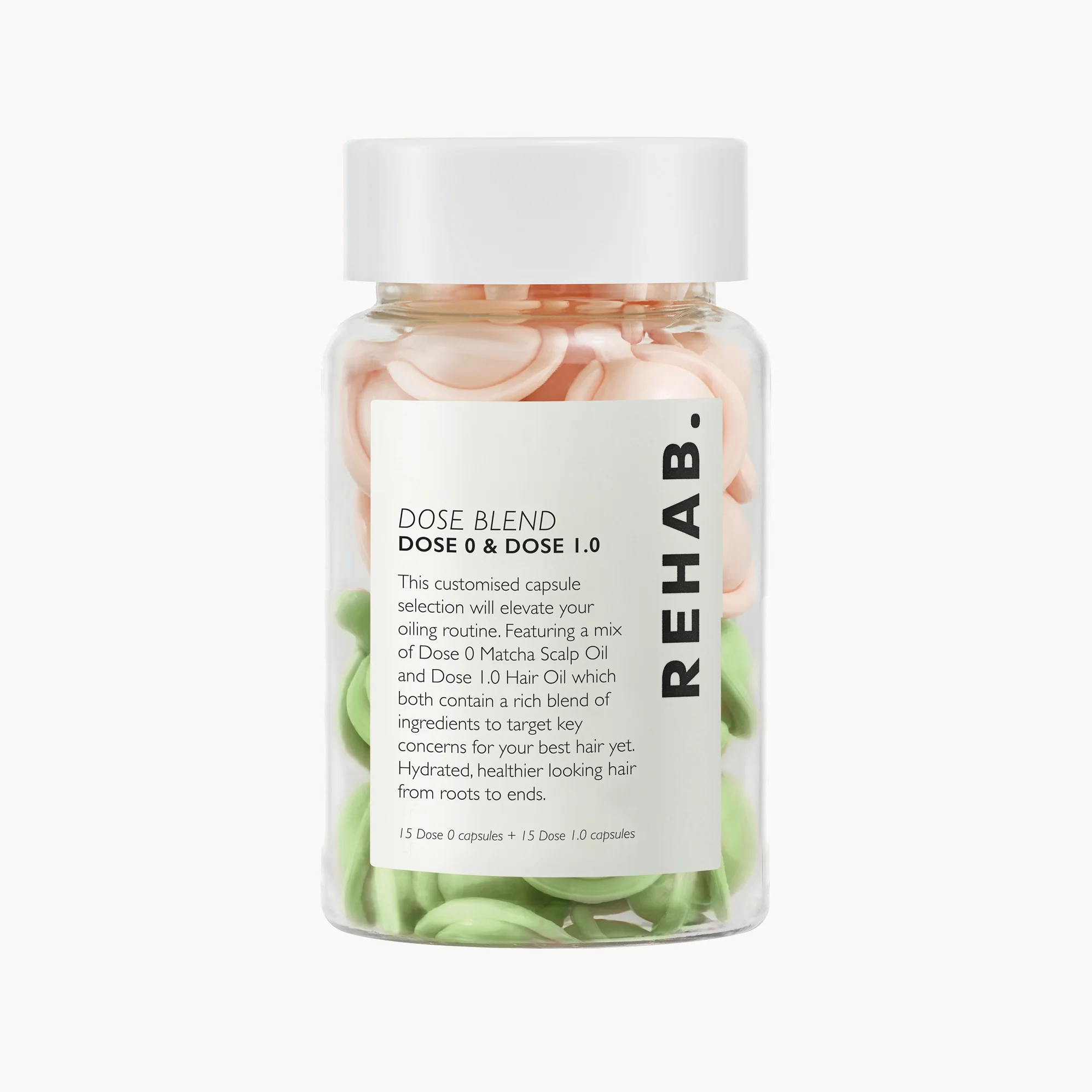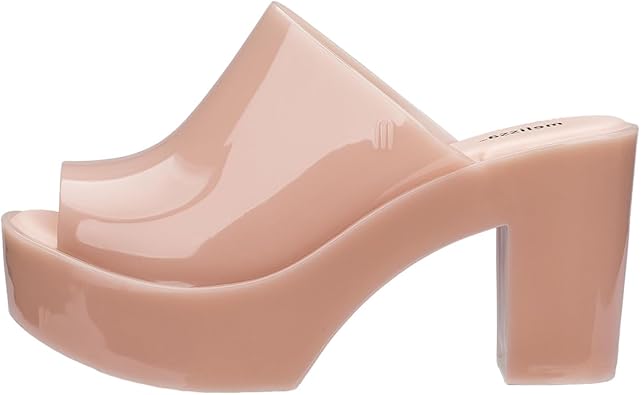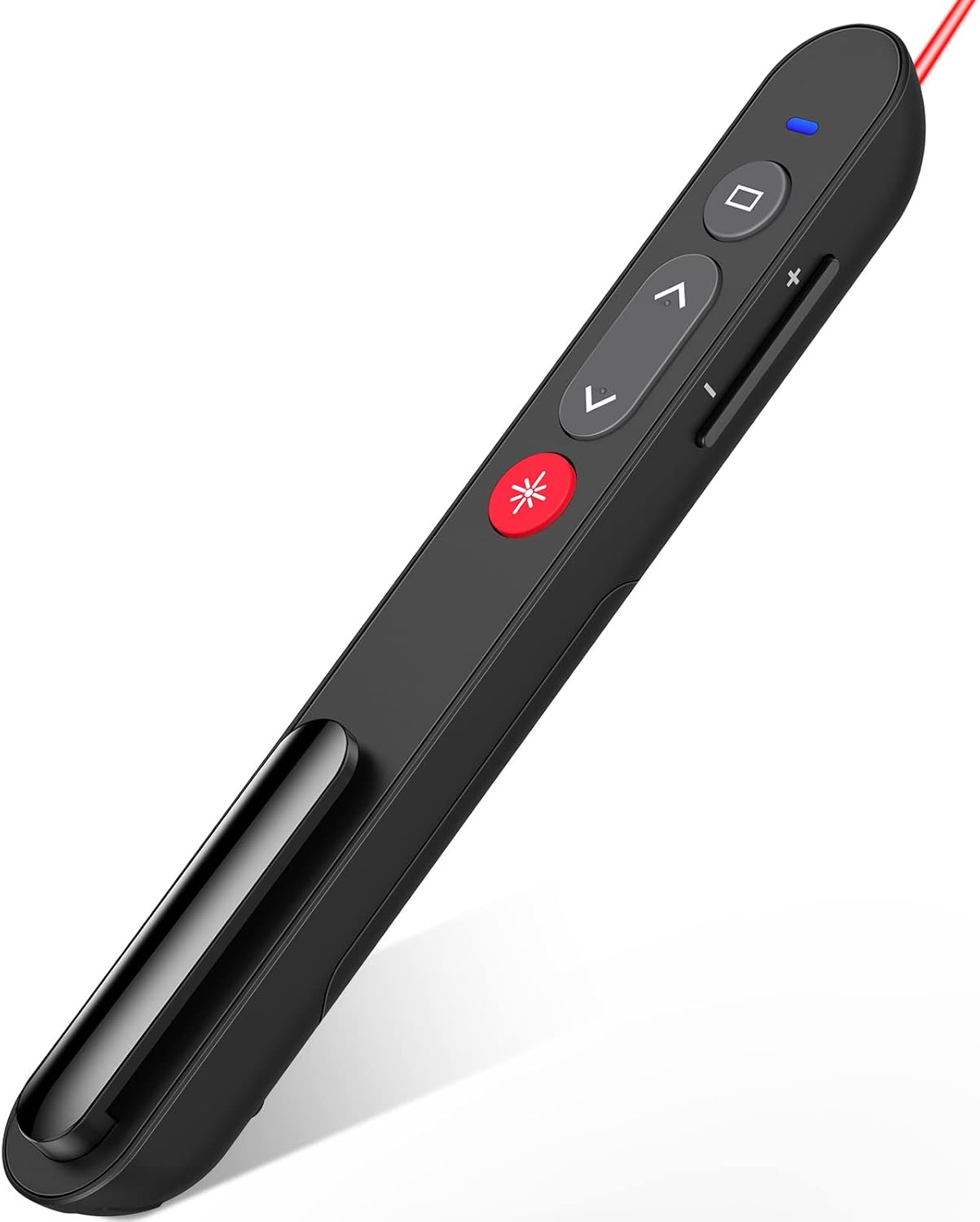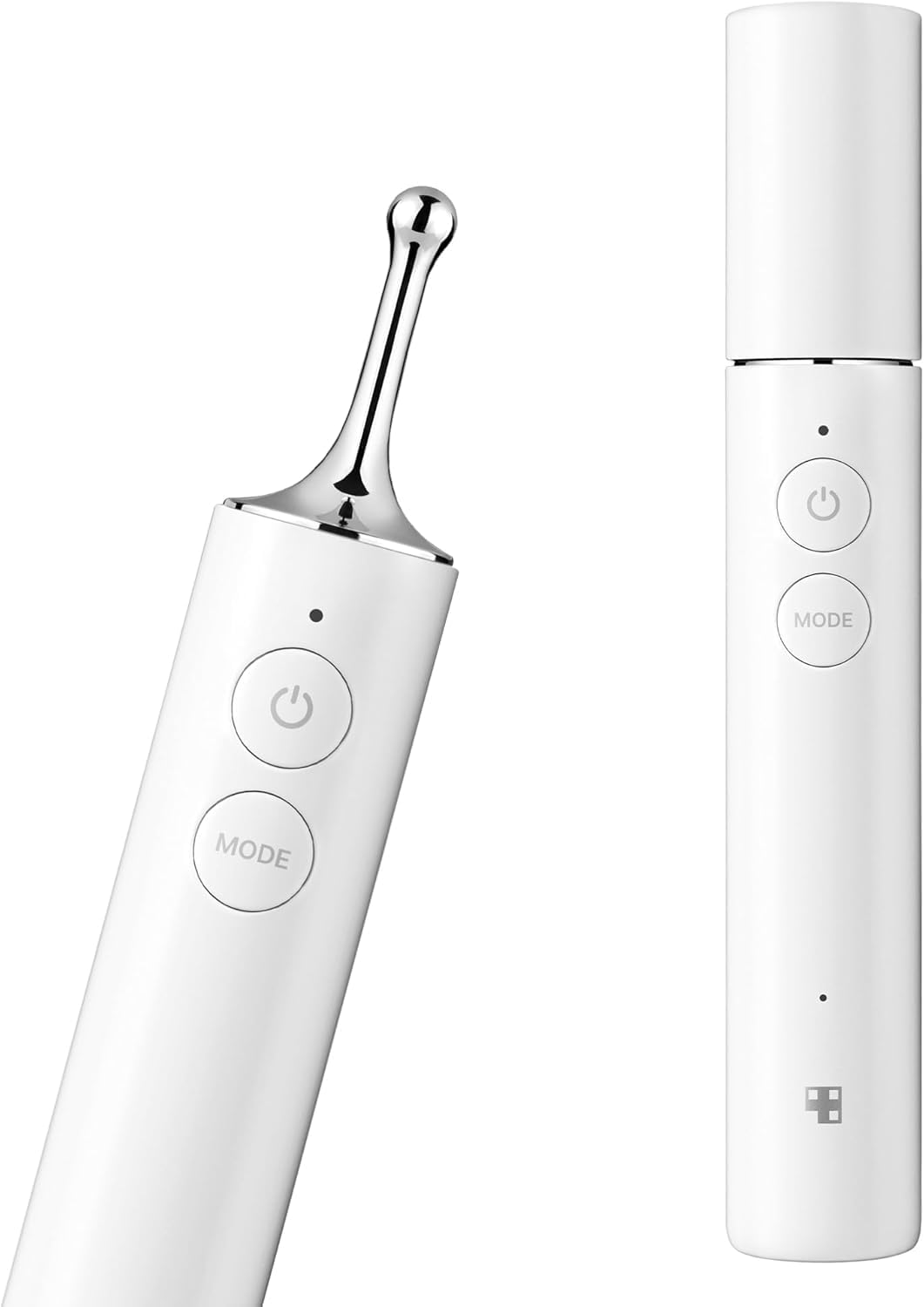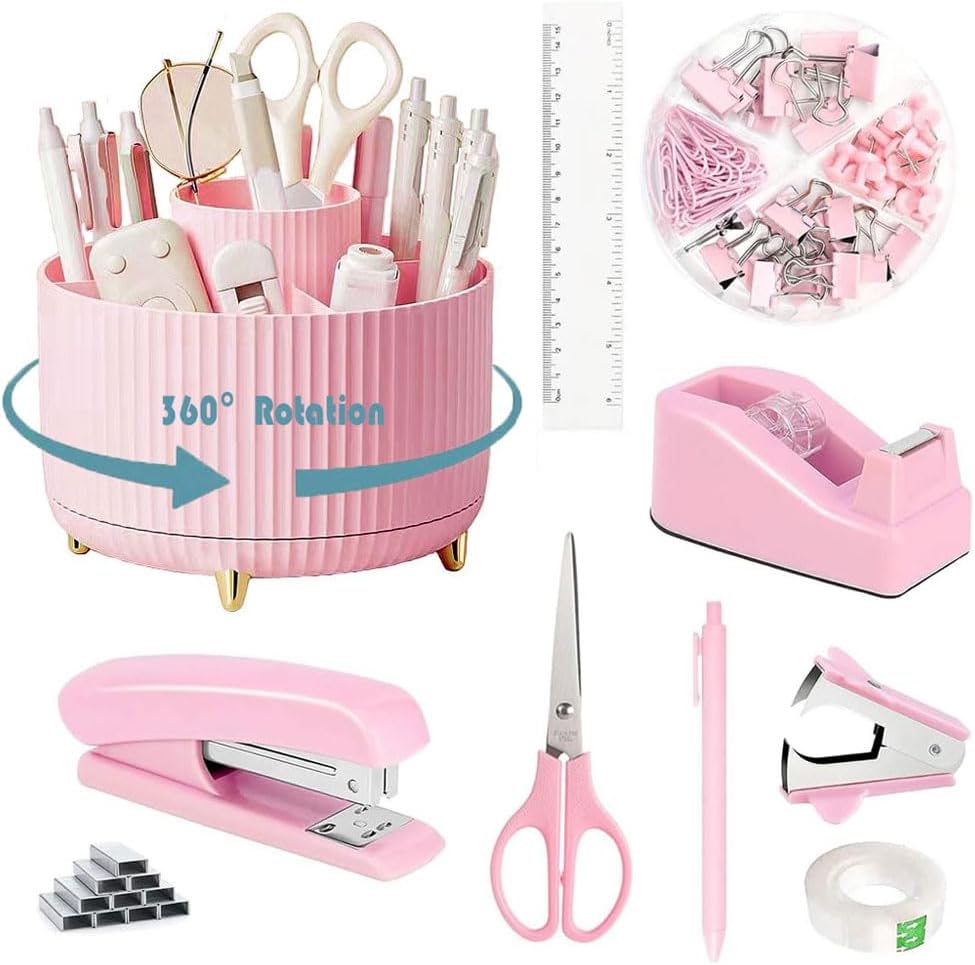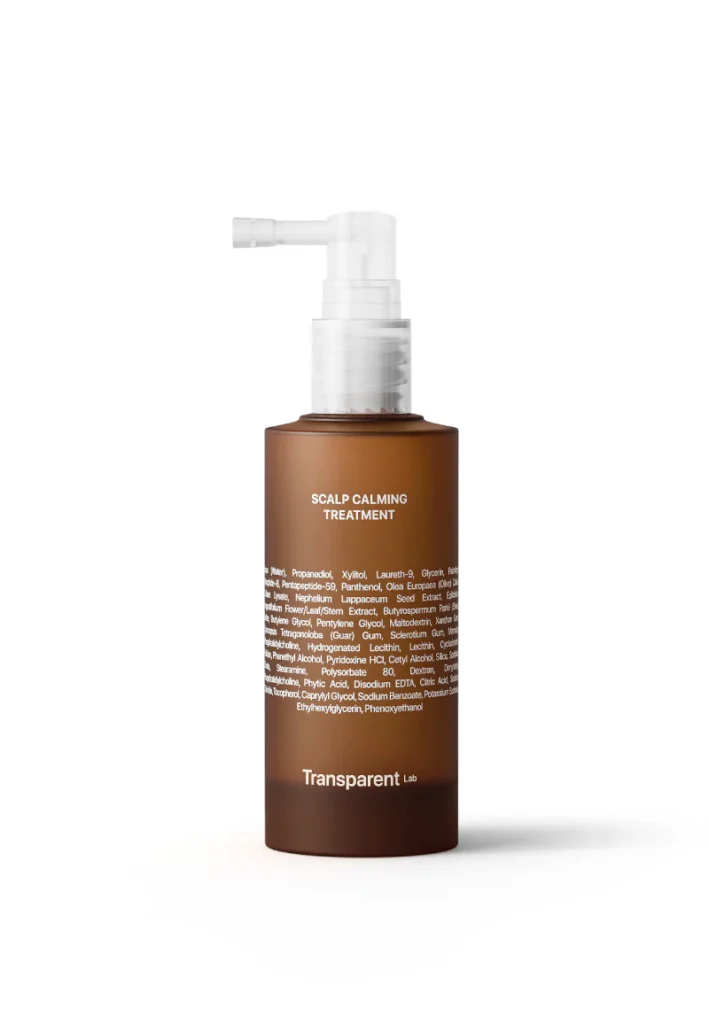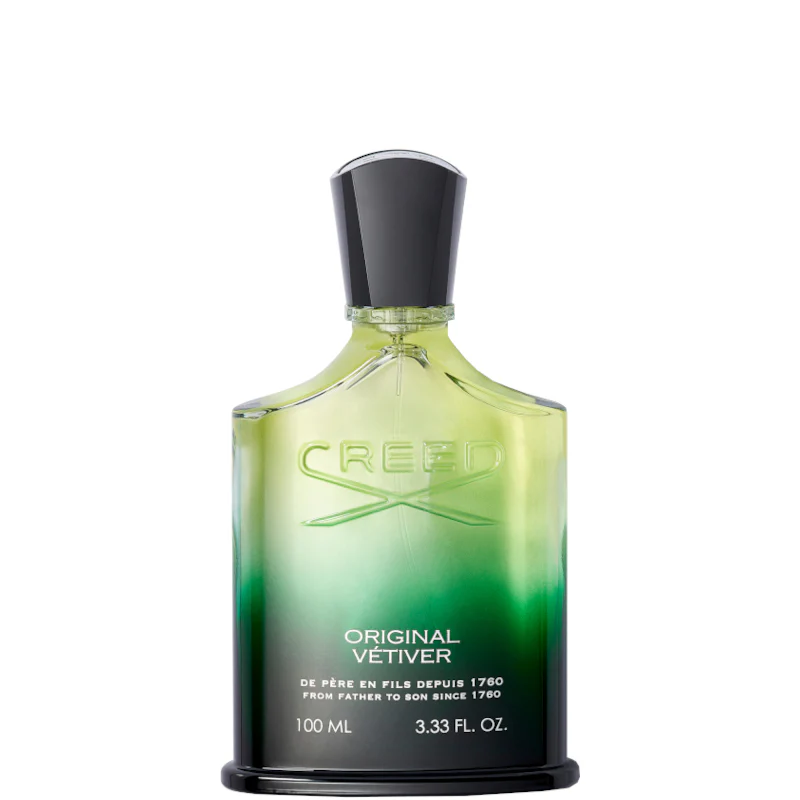Great hair isn’t a mystery; it’s a routine that respects biology. Oil is one of the simplest, highest-leverage tools you can add—when you know how to use it. In this guide, we’ll decode how hair oils function (hint: sealers, not hydrators), how to match ingredients to your texture and porosity, and how to work oil into every stage of your routine—from pre-wash masks to post-style glossing—so you get touchable softness without grease. We’ll use REHAB Your Hair Oil as our reference point, building step-by-step rituals for fine, thick, straight, wavy, curly, and coily hair, plus color-treated and protective styles.
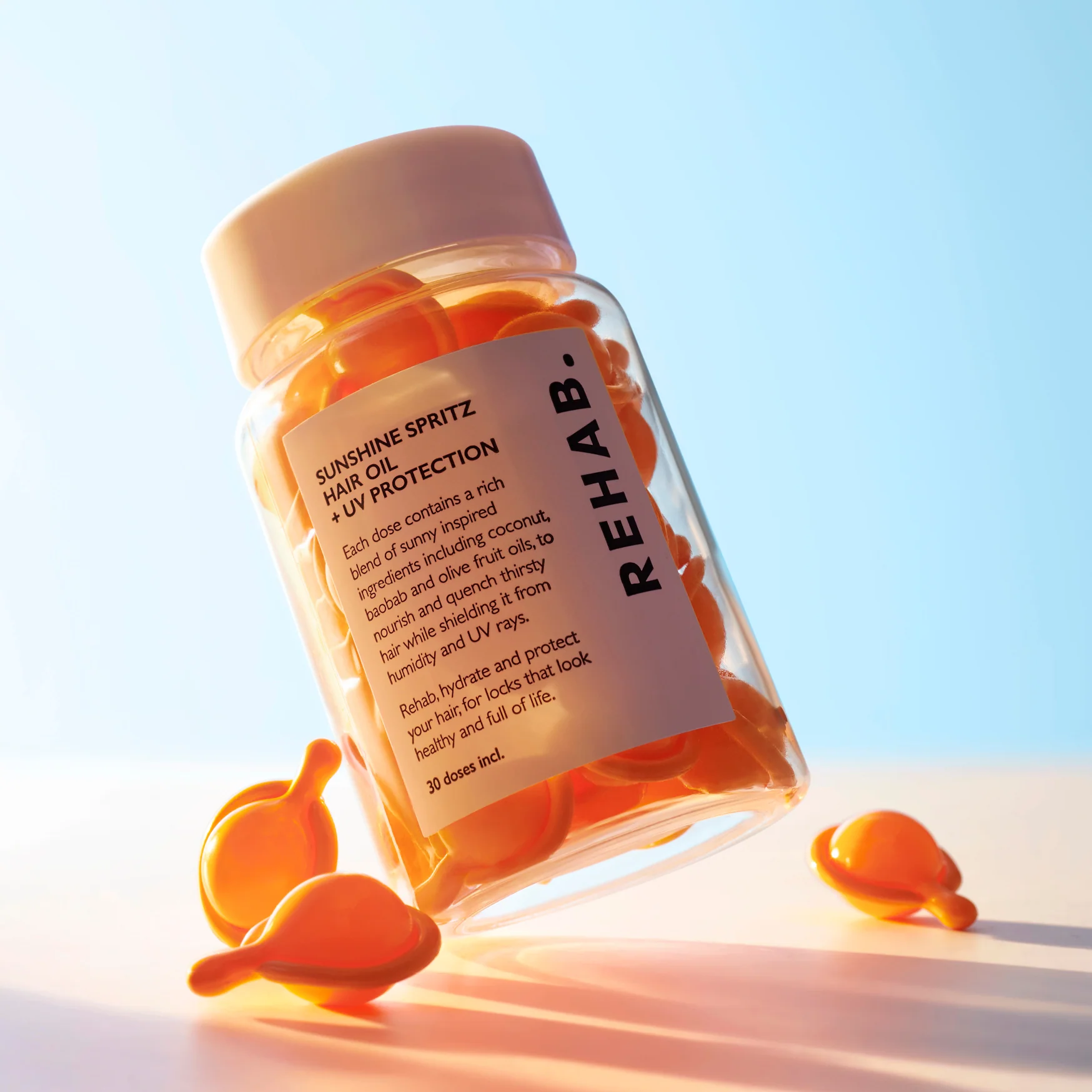
What Hair Oil Actually Does (and Doesn’t)
Think of hair as a fabric. Wash cycles, heat, UV, and friction roughen the cuticle (the shingle-like outer layer). Oils don’t “hydrate” (that’s water’s job); they seal, soften, and reduce friction so hair holds onto moisture longer and breaks less. Certain oils also penetrate partially into the cortex to reduce swelling during wash cycles and protect proteins. Used right, REHAB Your Hair Oil makes hair smoother, shinier, and easier to detangle—without the heavy “day-two” look.
Ingredient Decoder: Choose by Function, Not Hype
Different oils bring different skills. Here’s how to read a label:
- Penetrating oils (e.g., coconut, babassu): Help reduce protein loss during washing; best for pre-poo masks or deeper nourishment.
- Sealant/film-forming oils (e.g., argan, jojoba, sunflower, squalane): Smooth the cuticle, add gloss, and tame frizz without much weight.
- Scalp-support oils (e.g., rosemary, tea tree, peppermint in balanced blends): Used sparingly, they complement massage to encourage a happy scalp environment.
- Antioxidants (vitamin E, plant polyphenols): Help defend against environmental stressors and preserve shine.
- Light esters/silicones (if present): Create slip and immediate sheen for a polished finish; great for last-step glossing and frizz control.
A well-designed REHAB Your Hair Oil formula blends a few of these so you can use one bottle for multiple jobs.
Porosity & Texture: Match Oil to Hair Behavior
Porosity describes how easily hair absorbs and releases water—often dictated by genetics, color treatments, and heat history.
- Low porosity (cuticles lie flat): Water sits on top; heavy oils can feel greasy fast. Use lighter oils/esters and micro-doses; apply on damp hair so a bit of water “pulls” oil in.
- Medium porosity: Lucky zone—most oils work. Balance light sealing for frizz with periodic pre-wash penetration.
- High porosity (gaps in cuticle; bleached/curly): Hair loses moisture quickly. Richer blends and layering (leave-in → cream → oil) help seal in hydration and reduce frizz.
Texture matters too:
- Fine/straight: Choose very light formulas; think 1–3 drops max as a finish.
- Wavy/curly (2A–3C): Light-to-medium oils for scrunch-out, frizz halo control, and crunch-release.
- Coily/kinky (4A–4C): More generous sealing over hydrating creams; pre-poo oiling helps reduce wash-day tangles and single-strand knots.
- Thick/rough strands: Medium-rich oils tame coarse feel and add reflectivity.
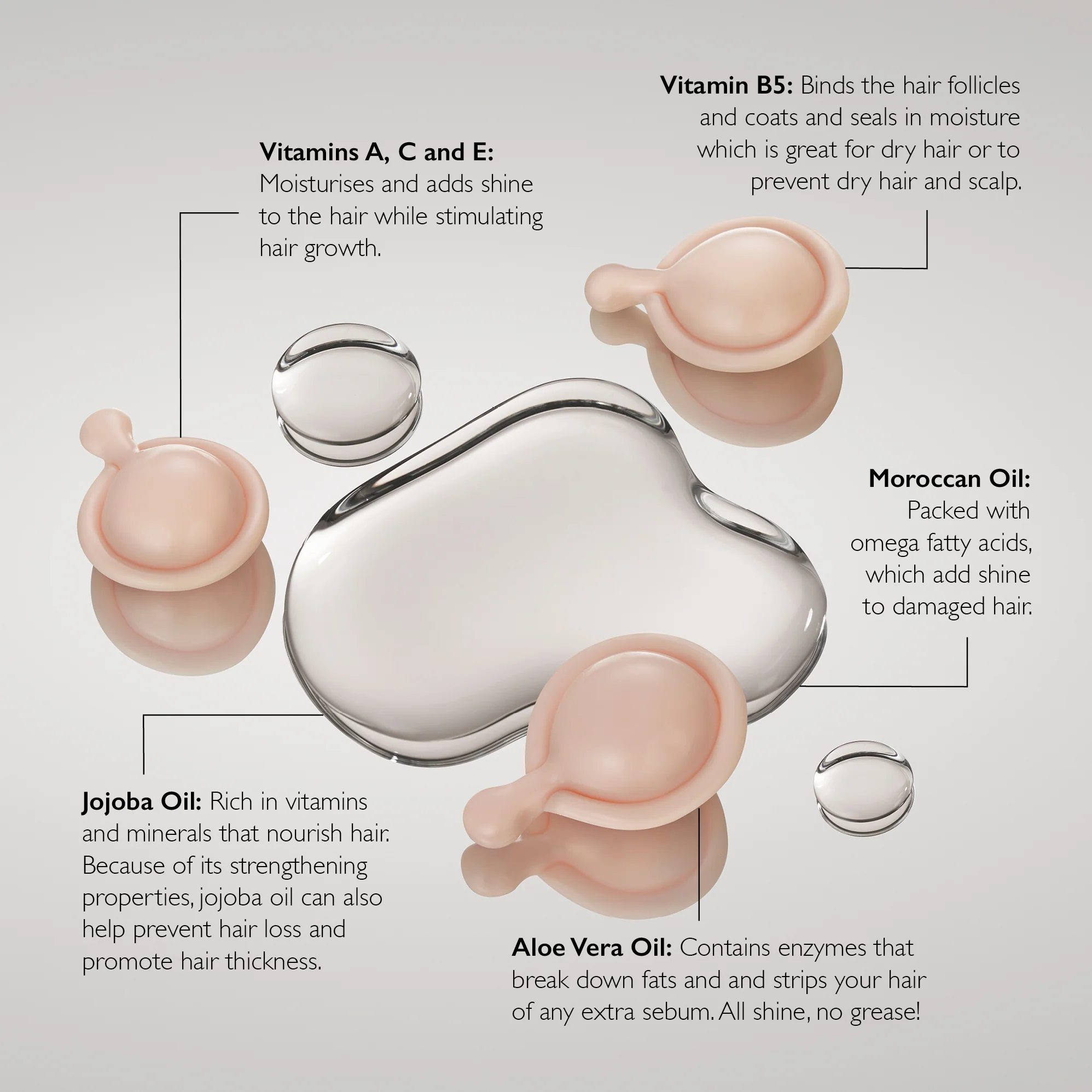
Where Oil Fits in Every Routine (The 6 Key Touchpoints)
- Pre-Poo (pre-wash treatment):
Work REHAB Your Hair Oil through dry hair 30–60 minutes before shampoo. Focus mids to ends; add a small scalp massage if desired. This reduces swelling (“hygral fatigue”) and makes detangling smoother. - Scalp Massage (1–3×/week):
Place 3–6 drops on fingertips, part hair, and massage with light pressure for 3–5 minutes. Goal: circulation + slip, not a drenched scalp. Follow with your usual wash if you used a richer dose. - Post-Wash Seal (on damp hair):
After leave-in or cream, warm 1–2 drops between palms and press into mids/ends to lock in water and smooth the cuticle. For curls, glaze and scrunch. - Finishing Gloss (on dry hair):
The lowest dose. 1 drop for fine hair; 2–3 for thick/coarse. Smooth flyaways, sharpen shine, and refresh ends between wash days. - SOTC—Scrunch Out the Crunch (for gel users):
When gel casts form, add a drop of REHAB Your Hair Oil to palms and scrunch to release. Result: soft definition without frizz. - Overnight Edge Care & Protective Styles:
A micro-film of oil along braids/twists ends prevents rough friction against cotton. Top with a satin bonnet or pillowcase.
Dosing: The “Drop Rule” That Prevents Grease
- Fine/short: 1 drop for finish; up to 3 drops as pre-poo.
- Medium density/shoulder length: 2–4 drops finish; 6–10 pre-poo.
- Thick/long: 3–6 drops finish; 10–15 pre-poo.
Always emulsify oil in palms first; start low, add one drop at a time. You can always add—removing requires shampoo.
Blow-Dry & Heat Styling: Smoother, Faster, Shinier
Apply REHAB Your Hair Oil after your heat protectant (spray/cream), not before. Oil adds slip, reduces brush friction, and polishes the cuticle so light reflects evenly. Keep doses minimal near the roots; concentrate on the last ⅔ of the hair. Finish with a micro-drop on the very ends post-style.
Color-Treated & Bleached Hair: Rebuild the “Shingle Roof”
Lightened hair has lifted cuticles and micro-gaps. Use oil strategically:
- 48 hours post-color: Go gentle; avoid heavy saturation on the scalp.
- Weekly pre-poo: Penetrating + sealing blend helps reduce roughness and snagging.
- Daily finish (micro-dose): Prevents matte ends and keeps toners looking glossy.
Curly & Coily Method: LOC/LOG, Defined
- LOC: Leave-in → Oil → Cream. Great for high-porosity curls needing extra sealing.
- LOG: Leave-in → Oil → Gel. Ideal when you want soft hold with less crunch.
- LCO (alternative): Leave-in → Cream → Oil for maximum seal.
Experiment to see which order keeps your curls springy and lightweight.
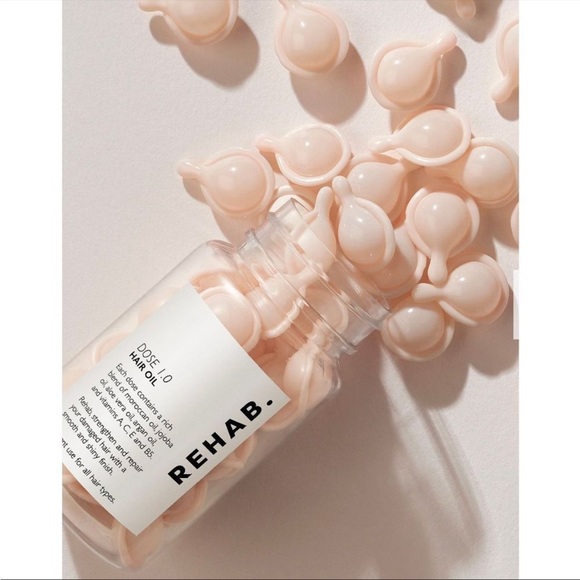
One Hybrid Block (Checklist + Guidance): The 90-Second Oil Audit
- Hands first: Warm drops fully; glassy palms = even distribution.
- Ears down: Most oil lives mid-length to ends; roots get flyaway touch-ups only.
- See-through test: If strands look stringy/see-through clumped, you used too much—blot with a microfiber towel and diffuse air for 1–2 minutes.
- Night routine: Micro-dose ends before sleep; protect with silk/satin.
- Wash rhythm: If you need to shampoo more than usual, cut the dose by one drop next time.
Scalp Health: Massage Technique That Loves Your Follicles
- Placement: Dot tiny amounts along parts (front, crown, nape).
- Motion: Pads of fingers, small circles, light pressure—no nail scratching.
- Timing: 3–5 minutes, 1–3×/week.
- Follow-up: If you’re prone to buildup, shampoo once; if your scalp is dry, co-wash or rinse with warm water and proceed with styling.
Frizz, Flyaways, and Humidity: Tactical Fixes
- Before humidity: Seal damp hair with a light veil of REHAB Your Hair Oil over your leave-in; finish with a humidity-resistant spray if you like.
- During the day: Warm a half-drop between fingertips and smooth only the halo—avoid saturating entire sections.
- Hats & collars: Add a micro-film where hair rubs against cotton/wool to limit static and mechanical frizz.
Breakage & Split Ends: What Oil Can (and Can’t) Do
Oil can disguise splits by smoothing frayed ends and reducing friction that worsens them—but only scissors truly “fix” splits. Pair trims every 8–12 weeks with oiling habits to slow new damage. A tiny pre-workout dose protects ponytail rub zones; a pea-size cream + 1 drop oil cocktail on damp ends keeps them elastic.
Gym, Swim, and Sun: Active-Life Protocol
- Gym: Braid or bun; pre-sweat micro-dose on ends to reduce salt dryness.
- Pool/Ocean: Wet hair with fresh water, apply a light layer of REHAB Your Hair Oil as a barrier, then rinse and condition after swimming.
- Sun: Oil adds gloss but not UV protection—pair with a UV-filter leave-in or a hat.
Troubleshooting: If Something Feels Off
- Greasy look: You used too much or too close to roots. Blot with dry shampoo or a microfiber towel; next time, reduce by 1–2 drops.
- Crunchy curls after oil: Switch order (try LCO), or use a lighter oil in smaller amounts for SOTC.
- Flat volume: Apply only to ends; add lift at roots with a lightweight mousse before finishing with oil on mids/ends.
- Itchy scalp: Oils should comfort, not irritate. Patch test aromatics; keep scalp doses tiny and rinse if needed.
Building a Capsule with One Bottle
- Pre-wash shield on Sundays.
- Scalp massage midweek.
- Daily finish (1 drop) for flyaways.
- SOTC on styling days.
- Travel gloss to revive hotel-dry hair.
One bottle of REHAB Your Hair Oil covers all of the above if you respect dosing.
Care, Shelf Life, and Storage
Keep the bottle tightly closed, away from direct sun and high heat. Wipe the dropper rim to prevent oxidation and stickiness. Most oils prefer a cool cabinet; if the blend thickens in winter, warm in palms or place (closed) in warm water for a minute to restore flow.
Conclusion
Hair oil isn’t a magic wand—but used smartly, it’s the most efficient upgrade you can make. Choose ingredients by function, match dose to porosity and texture, and place oil where it matters: mids to ends for shine and softness, tiny doses on the scalp for comfort, and pre-wash to protect the fiber itself. Layer with leave-ins and creams for long-lasting moisture, finish with a micro-gloss for polish, and treat friction points before they fray. With a flexible, well-built blend like REHAB Your Hair Oil, your routine becomes simpler, your hair more cooperative, and your styling windows shorter—day after day.
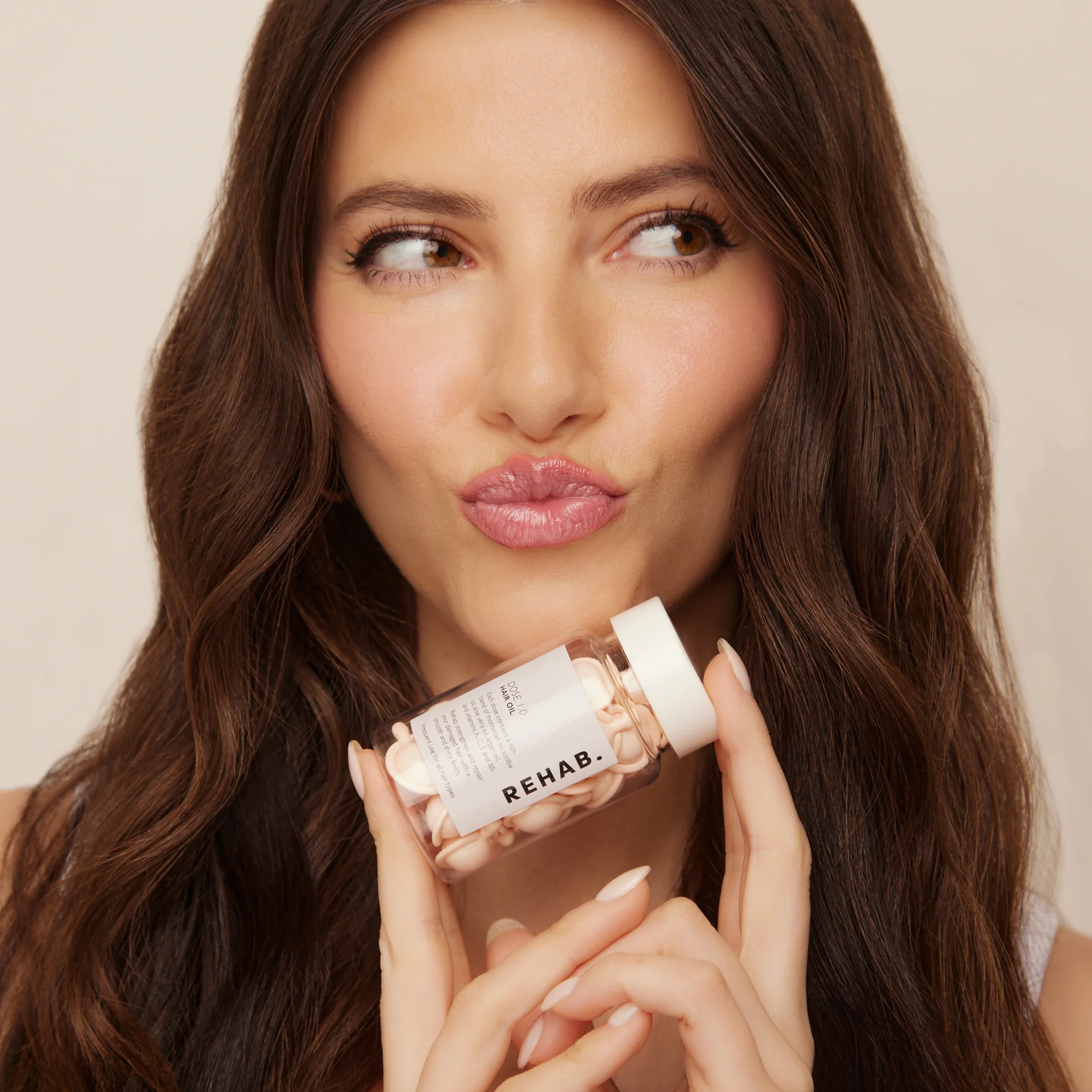
FAQ
- Will hair oil make my hair greasy?
Not when dosed correctly. Start with 1–2 drops, emulsify in palms, and apply from mids to ends. Add only if needed; keep roots for flyaway touch-ups. - Can I use REHAB Your Hair Oil on my scalp?
Yes—sparingly. Use a few drops for massage 1–3×/week. If you’re prone to buildup, follow with shampoo; if your scalp is dry, rinse and condition. - Should I apply oil on wet or dry hair?
For sealing moisture, apply on damp hair after leave-in. For shine/frizz control, use a tiny amount on dry hair as a finisher. - Is oil a heat protectant?
Oil reduces friction and adds slip but is not a substitute for thermal protectants. Use a heat protectant first, then a small amount of oil for polish. - What’s the best routine for curly/coily hair?
Try LOC or LCO with REHAB Your Hair Oil in the middle or end step. Use a drop to scrunch out gel cast for soft definition. - Can oil repair split ends?
Oil smooths and camouflages splits but cannot “glue” fibers back together. Regular trims + oiling reduce future splitting. - How often should I use hair oil?
As needed: daily micro-finishing for frizz/shine, 1–2× weekly pre-poo for strength and slip, and occasional scalp massage for comfort. - Is it safe for color-treated hair?
Yes. Use light finishing doses on ends and weekly pre-poo to reduce roughness. Avoid heavy saturation near fresh color for the first 48 hours. - What if my fine hair gets flat?
Cut dose to a single drop, keep application from ears down, and pair with a volumizing foam at the roots before finishing with oil on the ends.

